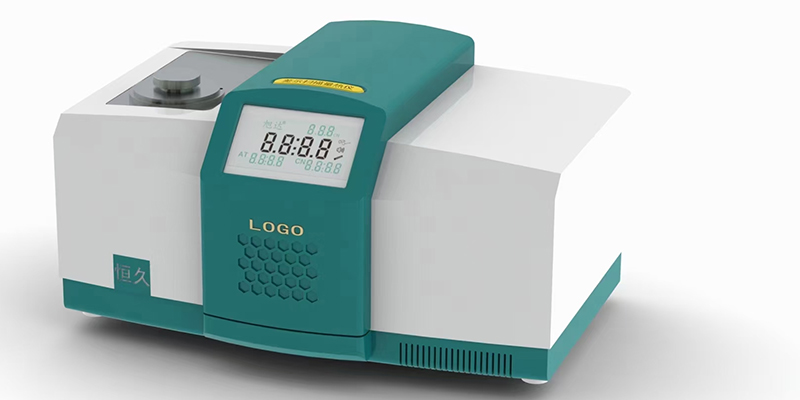
Science and technology have provided a wide range of tools and techniques that come into play when deciphering the physical and chemical properties of materials. Among these, there are two versatile methods, Differential Scanning Calorimetry (DSC) and Thermogravimetric Analysis (TGA), that are routinely used in materials research. Both of these thermal analysis techniques provide valuable information regarding the alteration of a substance's properties with temperature. To a novice, DSC and TGA might appear to function similarly, but in practice, they are notably different. In this article, we extensively discuss what is the difference between DSC and TGA?
Differential Scanning Calorimetry, commonly known as DSC, is a thermoanalytical technique used to track and measure the amount of heat absorbed or released by a sample when it is heated or cooled. DSC primarily provides data about transition temperatures, transition enthalpies, and specific heat capacities of a particular material. This method is notably beneficial in identifying changes such as melting point, glass transition, crystallization, and thermal stability. Materials such as polymers, lipids, and proteins primarily undergo these transformations.
Click for Differential Scanning Calorimeter for Sale
Thermogravimetric Analysis, abbreviated as TGA analyzer, is a method that involves measuring the mass of a substance as a function of temperature while the substance is subjected to a controlled temperature program. In simpler terms, it analyzes how the weight of a material changes as it heats up. TGA primarily provides information about compositional changes in a material, particularly related to volatile components, moisture content, thermal stability, and decomposition patterns. Scientists and researchers can use TGA to determine a material’s thermal stability and its composition.
The significant difference between DSC and TGA lies in the parameters they measure and the information they provide about a substance.
While DSC measures the heat flow associated with phase transitions and reactions as a function of temperature and time, TGA focuses on tracking the changes in the weight of a sample as it is heated. As the names suggest, DSC is more about 'how a material reacts to heating in terms of absorbed or released heat,’ whereas TGA is about 'how a material’s weight changes upon heating.'
Besides, DSC and TGA have different applications. DSC is typically used to study phase transitions such as melting and crystallization. This information proves crucial in industries like pharmaceuticals, where understanding the behavior of drugs under various temperatures plays a vital role in ensuring safety and efficacy.
On the other hand, TGA is best suited to study the thermal stability of materials and their composition, especially in terms of volatile matter and moisture content. This kind of insight is key in industries such as polymers and ceramics, where knowing the thermal decomposition pattern is critical for ensuring product safety and performance.
In conclusion, DSC and TGA, though serving a common purpose in thermal analysis, are starkly different in their operation, the information they provide, and their applications. Therefore, researchers must choose the technique best suited to their needs, considering the material and information requirement, to get accurate and reliable results. These differences also mean that DSC and TGA can complement each other in multi-faceted material analysis, thereby providing a more profound understanding of the material's physical and chemical properties.
Explore the cutting-edge technology of the Simultaneous Thermal Analyzer (STA/TGA-DSC) from Henven, one of the leading simultaneous thermal analyzer manufacturers. Our advanced simultaneous thermal analysis system integrates Thermogravimetric Analysis (TGA) and Differential Scanning Calorimetry (DSC) into a single, efficient instrument. This powerful combination allows for simultaneous measurement of weight changes and heat flow in materials, providing a comprehensive understanding of thermal properties and behaviors.
Henven’s STA/TGA-DSC is designed for precision and reliability, making it an essential tool for researchers and industrial professionals. Whether you are conducting TGA and DSC analysis for material characterization, quality control, or research and development, our thermal analyzer delivers accurate and reproducible results. With Henven’s innovative technology, you can achieve superior simultaneous thermal analysis TGA DSC, enhancing your ability to analyze and interpret complex thermal events.
Choose Henven for your simultaneous thermal analysis needs and experience the benefits of advanced engineering, robust performance, and exceptional customer support. Discover how our STA/TGA-DSC can elevate your thermal analysis capabilities and drive your projects to success.
This is the first one.